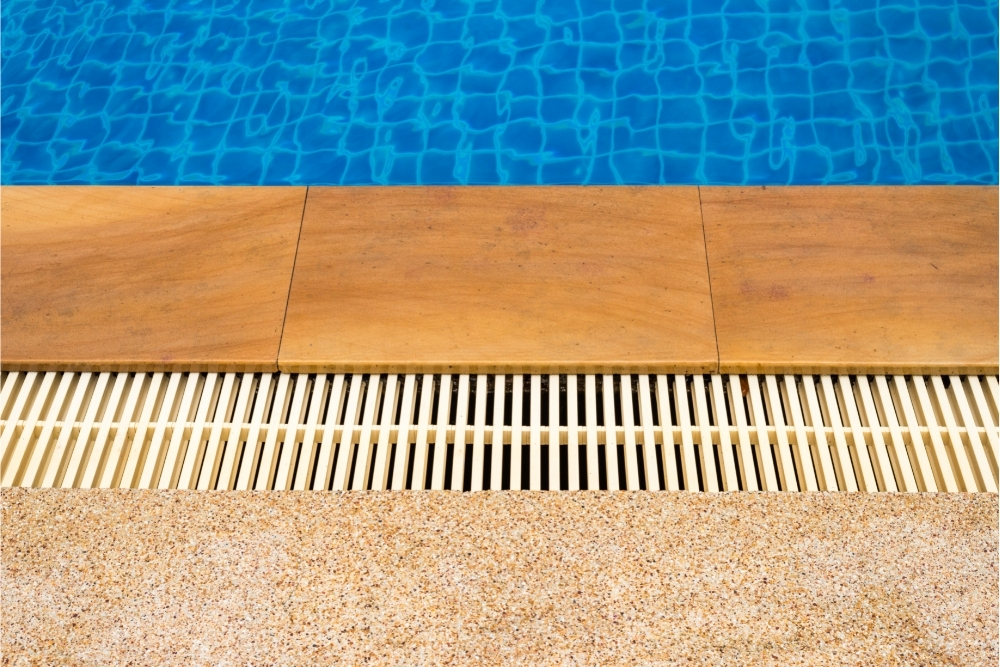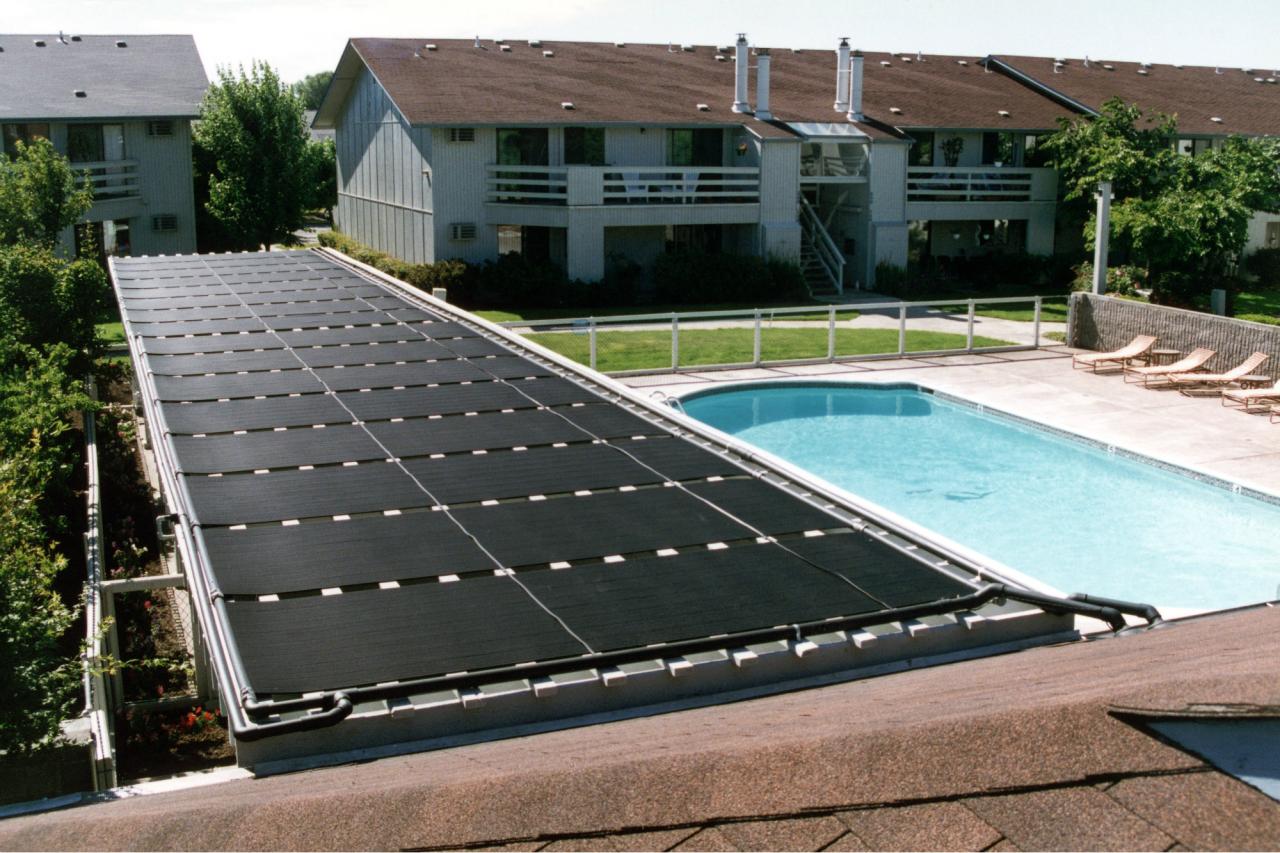Dive into the World of Pool Technologies
Pool technologies are constantly evolving, offering innovative solutions for creating and maintaining a refreshing oasis in your backyard. From advanced filtration systems that keep your water crystal clear to automated […]
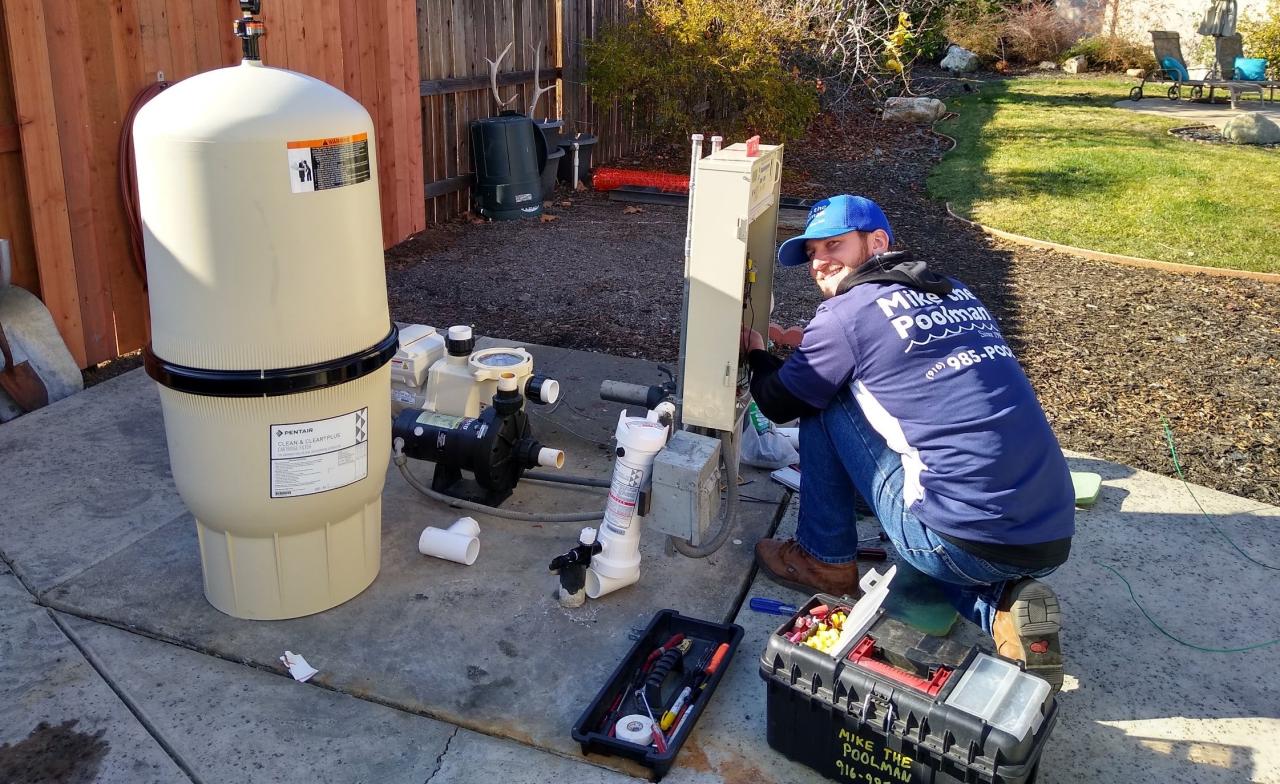
Pool technologies are constantly evolving, offering innovative solutions for creating and maintaining a refreshing oasis in your backyard. From advanced filtration systems that keep your water crystal clear to automated controls that simplify pool maintenance, there’s a world of possibilities to explore. This comprehensive guide delves into the latest advancements in pool technologies, covering everything from filtration and heating to automation and water treatment.
This exploration covers a spectrum of topics, including the fundamentals of pool filtration systems, the efficiency and cost considerations of various heating methods, and the convenience and benefits of pool automation. We’ll also discuss the latest in water treatment technologies, including chlorine-based methods and alternative disinfection systems, and explore the growing trend of sustainable pool practices.
Pool Filtration Technologies

Keeping your pool water clean and sparkling involves a crucial component: filtration. Pool filtration systems are responsible for removing debris, contaminants, and microorganisms, ensuring a healthy and enjoyable swimming experience. Let’s delve into the workings of various filtration systems and their impact on water quality.
Sand Filters
Sand filters are a common and cost-effective choice for pool filtration. They utilize a bed of silica sand to trap particles. As water passes through the sand, larger debris gets caught on the surface, while smaller particles are filtered deeper into the sand bed.
The sand filter’s operation relies on the principle of “mechanical filtration”. Water is forced through the sand bed, where particles larger than the sand grains are trapped. The effectiveness of sand filters depends on the size of the sand particles and the flow rate of water.
Advantages of Sand Filters
- Cost-effective: Sand filters are generally less expensive than other filtration systems.
- Easy to maintain: Sand filters require periodic backwashing to remove trapped debris, a process that is relatively simple.
- Durable: Sand filters are built to last and can withstand the rigors of pool operation.
Disadvantages of Sand Filters
- Less efficient: Sand filters are not as efficient as other filtration systems at removing smaller particles, such as algae spores.
- Sand replacement: The sand bed needs to be replaced every few years, depending on usage and water quality.
- Water waste: Backwashing a sand filter requires a significant amount of water, which can contribute to water waste.
Cartridge Filters
Cartridge filters employ pleated filter cartridges made of polyester or polypropylene. These cartridges have a large surface area that traps debris and contaminants. As water passes through the cartridge, particles are caught in the pleats.
Cartridge filters operate on the principle of “surface filtration”. The pleated design maximizes the surface area for trapping particles, making them more efficient than sand filters.
Advantages of Cartridge Filters
- Higher efficiency: Cartridge filters are more efficient at removing smaller particles than sand filters, resulting in clearer water.
- Lower water waste: Cartridge filters require less water for backwashing compared to sand filters.
- Easier maintenance: Cartridge filters simply require cleaning or replacement of the cartridges, which is a relatively easy process.
Disadvantages of Cartridge Filters
- Higher cost: Cartridge filters are generally more expensive than sand filters.
- Cartridge replacement: Cartridges need to be replaced periodically, depending on usage and water quality.
- Less durable: Cartridge filters can be more susceptible to damage from harsh chemicals or debris.
Diatomaceous Earth Filters
Diatomaceous earth (DE) filters utilize a fine powder made from fossilized diatoms, single-celled algae. This powder creates a filter cake that traps even the smallest particles, resulting in exceptionally clear water.
DE filters operate on the principle of “depth filtration”. The filter cake acts as a barrier, trapping particles as water passes through it.
Advantages of DE Filters
- Exceptional clarity: DE filters provide the highest level of water clarity among the common filtration methods.
- Effective at removing algae: DE filters are particularly effective at removing algae spores, contributing to a healthier pool environment.
Disadvantages of DE Filters
- Higher cost: DE filters are the most expensive type of pool filter.
- Maintenance: DE filters require regular cleaning and replacement of the DE powder, which can be time-consuming.
- Potential for clogging: The fine DE powder can clog the filter if not properly maintained.
Innovative Filtration Technologies
The pool industry is continuously innovating to improve filtration efficiency and reduce environmental impact. Some emerging technologies include:
Advanced Filtration Systems
- Ultraviolet (UV) disinfection: UV systems use ultraviolet light to kill bacteria and viruses in pool water, reducing the need for chlorine.
- Ozone filtration: Ozone is a powerful oxidizer that can effectively remove contaminants and disinfect pool water.
- Reverse osmosis: Reverse osmosis systems remove dissolved solids, including salts and minerals, from pool water.
Eco-Friendly Options
- Bio-filtration systems: Bio-filtration systems utilize natural bacteria to break down organic waste in pool water, reducing the need for chemicals.
- Water-efficient filters: Some filters are designed to minimize water usage during backwashing, promoting water conservation.
Role of Filtration in Water Chemistry
Filtration plays a vital role in maintaining proper water chemistry. By removing contaminants and debris, filtration systems help to:
- Prevent algae growth: Filtration removes algae spores and other organic matter that can fuel algae growth.
- Stabilize pH levels: Filtration helps to remove dissolved solids that can affect pH levels.
- Reduce chemical usage: Effective filtration reduces the need for excessive chemical additions to maintain water quality.
Pool Heating Technologies
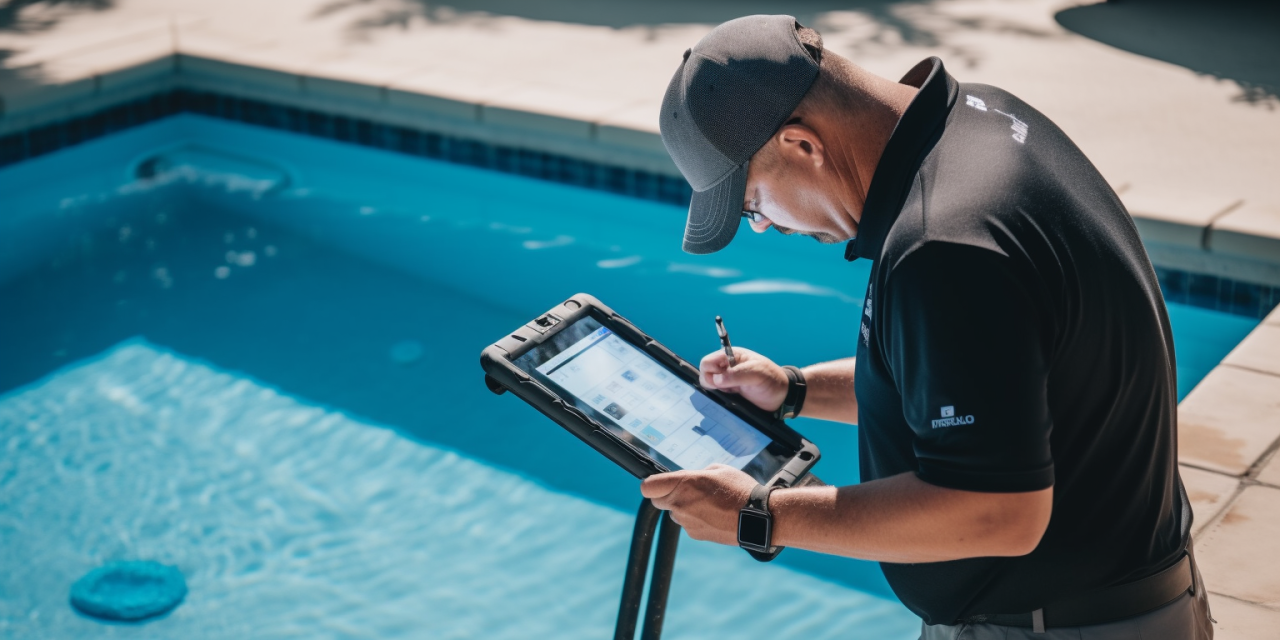
Keeping your pool warm and inviting throughout the swimming season is essential, and pool heating technologies play a crucial role in achieving this. From traditional methods like gas and electric heaters to more modern and energy-efficient options like heat pumps and solar systems, there’s a wide range of choices available. This section delves into the various pool heating technologies, examining their working principles, advantages, and disadvantages to help you make an informed decision for your pool.
Traditional Pool Heating Methods
Traditional pool heating methods have been widely used for years, offering reliable warmth for swimming. These methods typically involve burning fuel or using electricity to generate heat.
- Gas Heaters: Gas heaters are a popular choice due to their quick heating capabilities and relatively low upfront cost. They use natural gas or propane to generate heat, which is then transferred to the pool water.
- Advantages:
- Fast heating
- Lower initial cost compared to heat pumps
- Disadvantages:
- Higher operating costs due to fuel consumption
- Potential for carbon emissions
- Require regular maintenance and inspections
- Advantages:
- Electric Heaters: Electric heaters use electricity to heat the water directly. They are typically smaller and easier to install than gas heaters.
- Advantages:
- Clean and efficient operation without combustion byproducts
- Easy installation and maintenance
- Disadvantages:
- High operating costs due to electricity consumption
- May not be suitable for large pools due to high energy demands
- Advantages:
- Solar Heating Systems: Solar heating systems utilize solar energy to heat the pool water. They typically consist of solar panels that absorb sunlight and transfer the heat to the water through a circulation system.
- Advantages:
- Environmentally friendly and sustainable
- Low operating costs once installed
- Disadvantages:
- High initial installation cost
- May not provide sufficient heat during cloudy or winter months
- Requires adequate sunlight exposure
- Advantages:
Heat Pumps
Heat pumps are becoming increasingly popular for pool heating due to their energy efficiency and environmental friendliness. They work by transferring heat from the surrounding air to the pool water, even in cooler temperatures.
- Working Principle: Heat pumps utilize a refrigerant cycle to extract heat from the air. The refrigerant absorbs heat from the air, even if it’s cold, and then releases it into the pool water, raising its temperature.
- Energy Efficiency: Heat pumps are highly energy efficient because they don’t burn fuel to generate heat. They simply transfer existing heat from one source to another. This results in significantly lower operating costs compared to traditional heating methods.
- Environmental Sustainability: By using electricity to power their operation, heat pumps contribute to reduced carbon emissions compared to gas heaters.
Advancements in Pool Heating Technologies
The pool heating industry is constantly evolving, with new technologies emerging to enhance efficiency and sustainability.
- Heat Recovery Systems: Heat recovery systems capture waste heat from other sources, such as air conditioning units or water heaters, and utilize it to warm the pool water. This approach minimizes energy waste and reduces overall heating costs.
- Geothermal Heating Options: Geothermal heating systems harness the stable temperature of the Earth’s subsurface to heat pool water. They typically involve drilling wells to access geothermal energy, which is then transferred to the pool through a heat exchanger.
- Advantages:
- Highly energy efficient and environmentally friendly
- Lower operating costs compared to traditional methods
- Disadvantages:
- High initial installation cost due to drilling requirements
- May not be feasible in all locations due to geological conditions
- Advantages:
Pool Automation and Control Systems: Pool Technologies
Pool automation systems are transforming how we manage our pools, offering enhanced convenience, energy efficiency, and improved water quality. These systems use a variety of technologies to automate tasks that were previously done manually, such as adjusting water chemistry, cleaning the pool, and controlling the filtration system.
Types of Pool Automation Systems
Different types of automation systems are available to meet various needs and budgets. Here’s a table outlining common systems:
| System Type | Description | Features |
|—|—|—|
| Smart Controllers | Centralized control hub for managing all pool equipment. | Control pumps, filters, heaters, lights, and other devices. Integrate with smart home systems. Allow for remote control and monitoring. |
| Automated Chemical Feeders | Dispense pool chemicals automatically based on pre-programmed settings. | Maintain optimal water chemistry levels. Reduce the need for manual chemical adjustments. |
| Robotic Cleaners | Autonomous cleaners that scrub and vacuum the pool floor, walls, and waterline. | Improve water clarity and reduce manual cleaning efforts. |
Benefits of Pool Automation
Pool automation offers numerous benefits, including:
* Enhanced Convenience: Automate routine tasks, freeing up time for leisure and other activities.
* Energy Savings: Optimize equipment operation to reduce energy consumption and lower utility bills.
* Improved Water Quality: Maintain consistent water chemistry levels, ensuring a safe and healthy swimming environment.
Integration with Smart Home Technology
Pool automation systems seamlessly integrate with smart home technology, allowing for centralized control and monitoring.
* Voice Control: Use voice assistants like Alexa or Google Assistant to manage pool functions.
* Remote Access: Monitor and control pool systems from anywhere using a smartphone app.
* Data Analytics: Track and analyze pool data, such as water temperature, chemical levels, and equipment usage, to optimize performance and identify potential issues.
Examples of Automation Optimization
Automation systems streamline pool maintenance tasks and minimize manual intervention.
* Automated Chemical Dosing: Chemical feeders dispense the correct amount of chlorine, pH balancers, and other chemicals based on real-time water quality readings, eliminating the need for manual adjustments.
* Smart Pump Control: Pumps operate only when necessary, reducing energy consumption and extending their lifespan.
* Scheduled Cleaning Cycles: Robotic cleaners automatically clean the pool at pre-programmed intervals, ensuring consistent cleanliness.
Pool Water Treatment Technologies
Maintaining crystal-clear and safe pool water requires effective water treatment technologies. While traditional chlorine-based sanitation methods have been the mainstay for decades, advancements in technology have brought forth alternative disinfection systems. This section delves into the various approaches to pool water treatment, comparing and contrasting their effectiveness, environmental impact, and cost.
Comparison of Water Treatment Technologies
Traditional chlorine-based sanitation methods have long been the gold standard for pool water disinfection. However, alternative disinfection systems, such as saltwater chlorination, ozone generators, and UV sterilization, offer distinct advantages and disadvantages.
- Traditional Chlorine-Based Sanitation: This method involves adding chlorine to the pool water to kill bacteria and viruses. Chlorine is typically added in the form of chlorine tablets, granules, or liquid chlorine. It is a highly effective and affordable method, but it can have some drawbacks. For example, chlorine can be harsh on skin and eyes, and it can also react with organic matter in the water to form chloramines, which can cause an unpleasant odor and irritation.
- Saltwater Chlorination: This system converts salt into chlorine using an electrolysis process. It is a more environmentally friendly option than traditional chlorine-based sanitation, as it does not require the use of harsh chemicals. However, it can be more expensive to install and maintain, and it may not be as effective at killing all types of bacteria and viruses.
- Ozone Generators: Ozone is a powerful oxidizer that can effectively kill bacteria and viruses. Ozone generators produce ozone gas, which is then injected into the pool water. This method is highly effective at disinfecting water and does not leave any chemical residue. However, ozone generators can be expensive to install and maintain, and they require regular cleaning and maintenance.
- UV Sterilization: UV light can effectively kill bacteria and viruses by damaging their DNA. UV sterilizers use UV lamps to irradiate the pool water. This method is very effective at disinfecting water and does not require the use of any chemicals. However, UV sterilizers can be expensive to install and maintain, and they may not be as effective at killing all types of bacteria and viruses.
Pros and Cons of Water Treatment Technologies
A comprehensive comparison of these water treatment technologies is presented in the table below:
| Technology | Effectiveness | Environmental Impact | Cost |
|---|---|---|---|
| Traditional Chlorine-Based Sanitation | Highly effective | Moderate | Low |
| Saltwater Chlorination | Effective | Low | Moderate |
| Ozone Generators | Very effective | Low | High |
| UV Sterilization | Very effective | Low | High |
Water Chemistry Balance
Maintaining a healthy pool environment requires a delicate balance of water chemistry parameters. The three key parameters are:
- pH: The pH level measures the acidity or alkalinity of the water. The ideal pH range for a swimming pool is between 7.2 and 7.6. A pH level that is too high or too low can cause irritation to swimmers, damage pool equipment, and reduce the effectiveness of chlorine.
- Alkalinity: Alkalinity is a measure of the water’s ability to resist changes in pH. The ideal alkalinity range for a swimming pool is between 80 and 120 ppm. A low alkalinity level can cause rapid pH fluctuations, while a high alkalinity level can make it difficult to adjust the pH.
- Calcium Hardness: Calcium hardness refers to the amount of dissolved calcium in the water. The ideal calcium hardness range for a swimming pool is between 150 and 250 ppm. A low calcium hardness level can lead to etching of the pool surface, while a high calcium hardness level can cause scaling.
Automated Chemical Dispensers
Automated chemical dispensers are essential for maintaining consistent water quality. These devices automatically add chemicals to the pool water based on pre-programmed settings. This ensures that the proper levels of chlorine, pH, and other chemicals are maintained, reducing the need for manual adjustments and minimizing the risk of chemical imbalances.
Automated chemical dispensers are particularly useful for maintaining water quality in pools that are heavily used or exposed to harsh weather conditions.
Sustainable Pool Technologies
The pursuit of sustainable pool technologies is a growing trend in the pool industry, driven by concerns about environmental impact and resource conservation. These technologies offer a balance between enjoying a refreshing pool experience and minimizing the ecological footprint of pool ownership.
Environmentally Friendly Materials and Construction
Using sustainable materials and construction methods significantly reduces the environmental impact of pool construction.
- Recycled Materials: Incorporating recycled materials like plastic, glass, and concrete aggregates reduces the demand for virgin resources and minimizes waste. For example, recycled plastic can be used for pool decking and fencing, while recycled glass can be incorporated into pool tiles.
- Energy-Efficient Pumps: Variable-speed pumps offer significant energy savings compared to traditional single-speed pumps. These pumps adjust their speed based on the pool’s filtration needs, reducing energy consumption by up to 70%.
- Low-Flow Fixtures: Installing low-flow fixtures, such as showerheads and faucets, reduces water consumption without compromising functionality. This minimizes water waste during pool maintenance and cleaning.
Rainwater Harvesting and Greywater Reuse
Rainwater harvesting and greywater reuse are effective strategies for reducing reliance on potable water for pool operation.
- Rainwater Harvesting: Collecting rainwater from rooftops and storing it in tanks can provide a sustainable source of water for pool filling and backwashing. This reduces the demand for freshwater drawn from municipal sources.
- Greywater Reuse: Greywater, which includes wastewater from showers, sinks, and washing machines, can be treated and reused for pool top-off water. This significantly reduces potable water consumption, promoting water conservation.
Renewable Energy Sources, Pool technologies
Harnessing renewable energy sources, like solar panels, can power pool equipment and minimize reliance on fossil fuels, contributing to a reduced carbon footprint.
- Solar Panels: Installing solar panels on rooftops or pool enclosures can generate electricity to power pool pumps, filters, and heating systems. This reduces reliance on the electrical grid and lowers energy costs.
- Solar Pool Heaters: Solar pool heaters use solar energy to heat pool water, reducing reliance on gas or electric heating systems. This reduces greenhouse gas emissions and lowers energy consumption.
Natural Pool Designs
Natural pool designs incorporate ecological principles for water purification and aesthetic appeal, creating a sustainable and visually appealing pool environment.
- Biofiltration Systems: Natural pools utilize biofiltration systems, which use plants and microorganisms to purify water. These systems mimic natural aquatic ecosystems, eliminating the need for chemicals and reducing environmental impact.
- Native Plants: Incorporating native plants around the pool provides natural filtration, oxygenation, and aesthetic appeal. These plants help stabilize water quality and create a harmonious blend with the surrounding landscape.
Wrap-Up
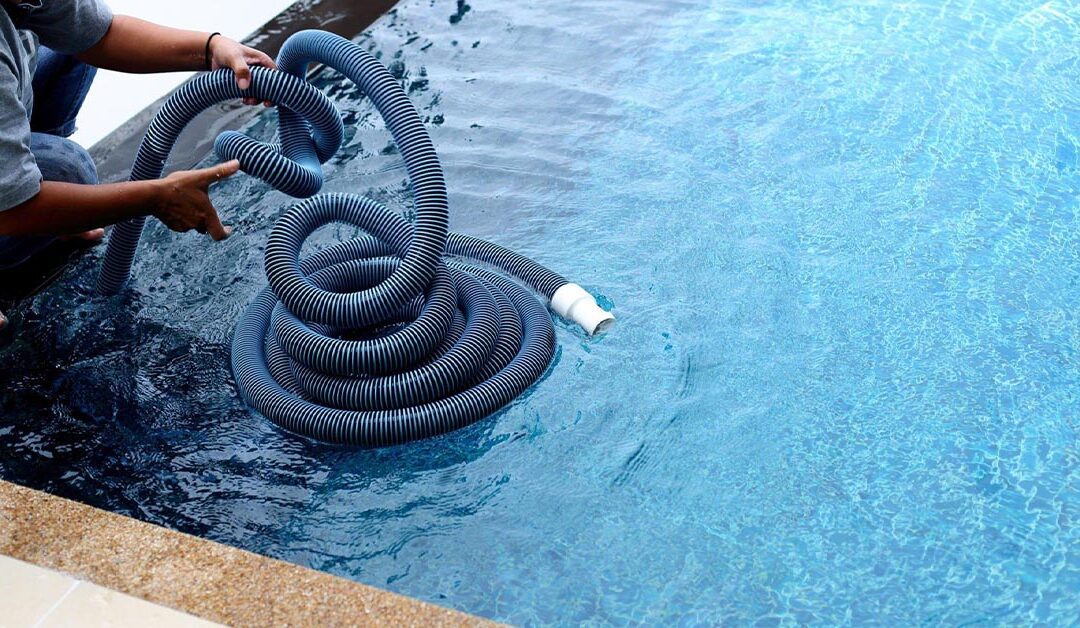
As the world of pool technologies continues to advance, homeowners have access to a wider range of options than ever before. Whether you’re looking to improve water quality, enhance energy efficiency, or simply simplify pool maintenance, there’s a technology out there to meet your needs. By understanding the different options available and their pros and cons, you can make informed decisions to create a pool that is both enjoyable and sustainable for years to come.
Pool technologies have advanced significantly, offering everything from automated cleaning systems to energy-efficient filtration. These advancements are crucial for maintaining a clean and enjoyable pool experience, and they often rely on vital technology solutions to ensure smooth operation. Whether it’s smart sensors for water quality monitoring or automated pool covers, these technologies enhance the overall pool experience and make pool ownership more convenient.
